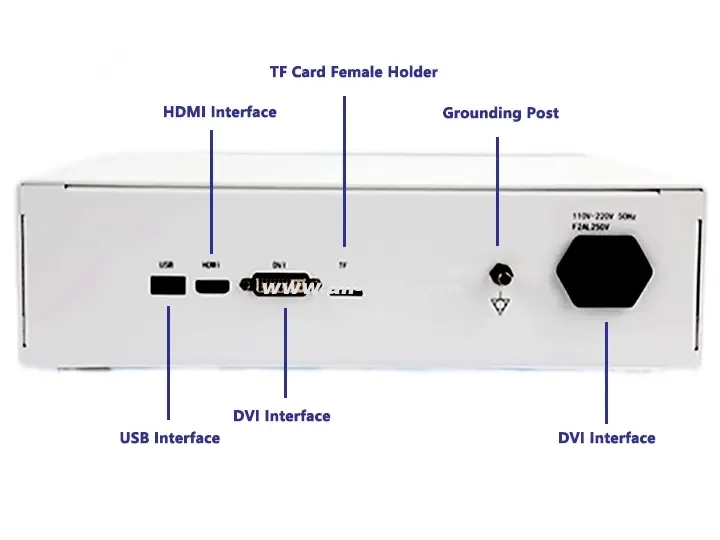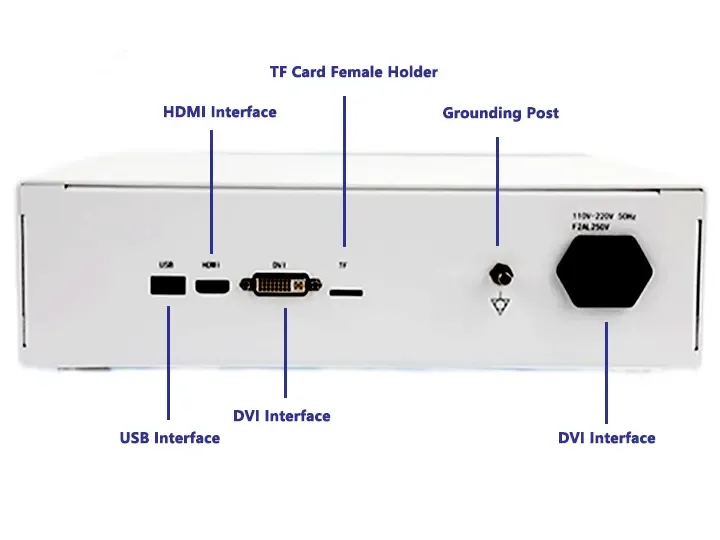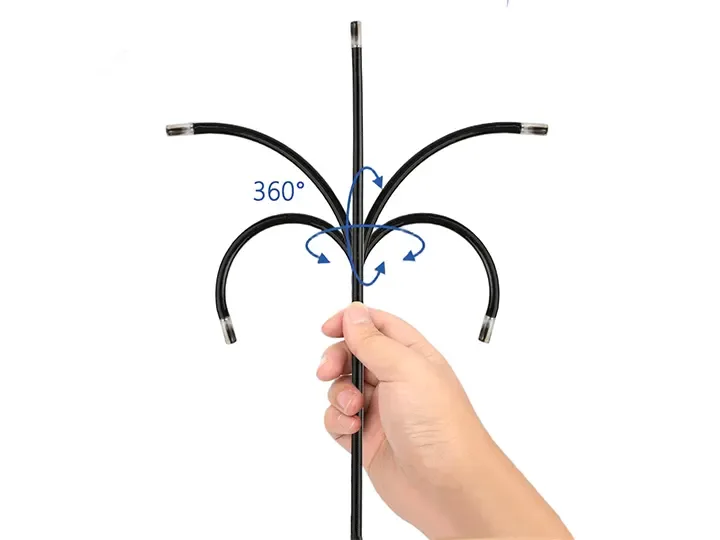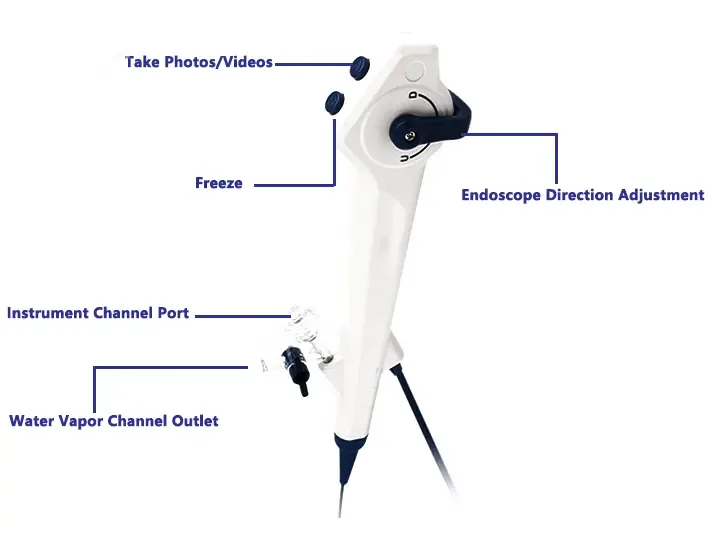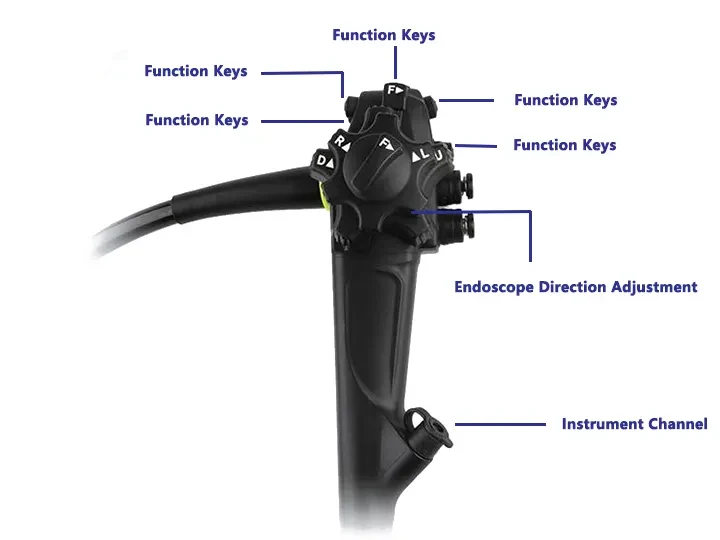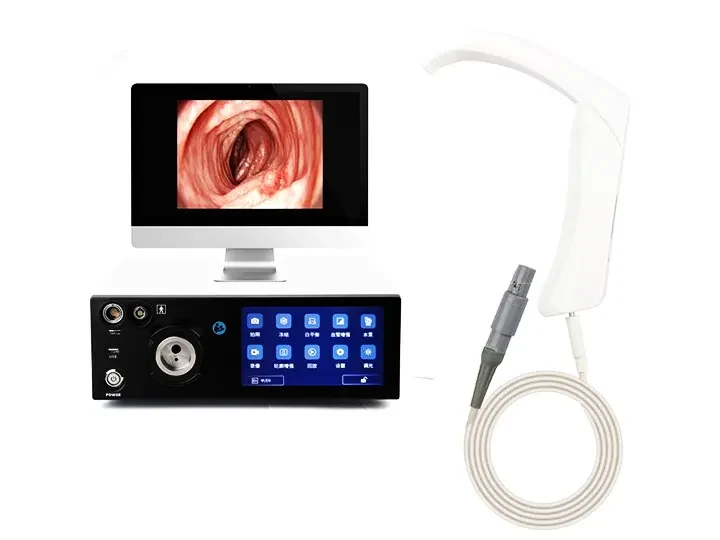The multifunctional medical endoscope desktop host is the core control center of the endoscope system, responsible for core tasks such as image processing, function integration, and data management, and provides integrated support for various endoscopic diagnosis and treatment. Its functions can be summarized into the following five aspects:
1. Image processing and enhancement
Ultra-high-definition image quality output:
Supports 4K/8K resolution, real-time processing of endoscope sensor (CMOS/CCD) signals, and provides a clear surgical field.
Optimize image quality through technologies such as HDR (high dynamic range), noise reduction, and edge enhancement.
Multi-mode imaging switching:
One-click switching of white light mode (conventional observation), NBI (narrow-band light imaging), fluorescence mode (such as ICG labeling), etc.
Function: Significantly improve the lesion recognition rate (such as microvascular morphology observation of early gastric cancer).
2. Multi-device integration and expansion
Multi-interface compatibility:
Can simultaneously connect different endoscopes such as laparoscopes, bronchoscopes, and hysteroscopes.
Integrated light source, pneumoperitoneum machine, energy equipment (such as electrosurgical knife) interface to achieve "one machine with multiple controls".
Modular expansion:
Optional 3D imaging, AI analysis, cryotherapy and other modules to meet the needs of specialists.
Function: Reduce the stacking of operating room equipment and improve operation efficiency.
3. Data management and teaching support
Real-time recording and storage:
Support 4K video recording, screenshot archiving, and cases can be exported to PACS system or cloud.
Remote collaboration:
Remote consultation or teaching live broadcast through 5G/network.
AI auxiliary function:
Some hosts integrate AI algorithms to automatically mark lesions (such as polyp size measurement).
Function: Assist clinical research, physician training and medical quality control.
4. Operation process optimization
Preset mode:
Preset parameters for different departments (such as gastroenterology, urology) to simplify debugging steps.
Human-computer interaction design:
Touch screen/physical buttons + voice control to reduce intraoperative interference.
Function: shorten the surgical preparation time and reduce human errors.
5. Safety and stability guarantee
Redundant power supply design: prevent power outage during surgery.
Intelligent alarm system: monitor the equipment status (such as light source overheating, signal interruption).
Sterilization compatibility: the host is isolated from the disinfection environment, and only the mirror body needs to be disinfected.
Function: ensure the continuity and safety of long-term surgery.
